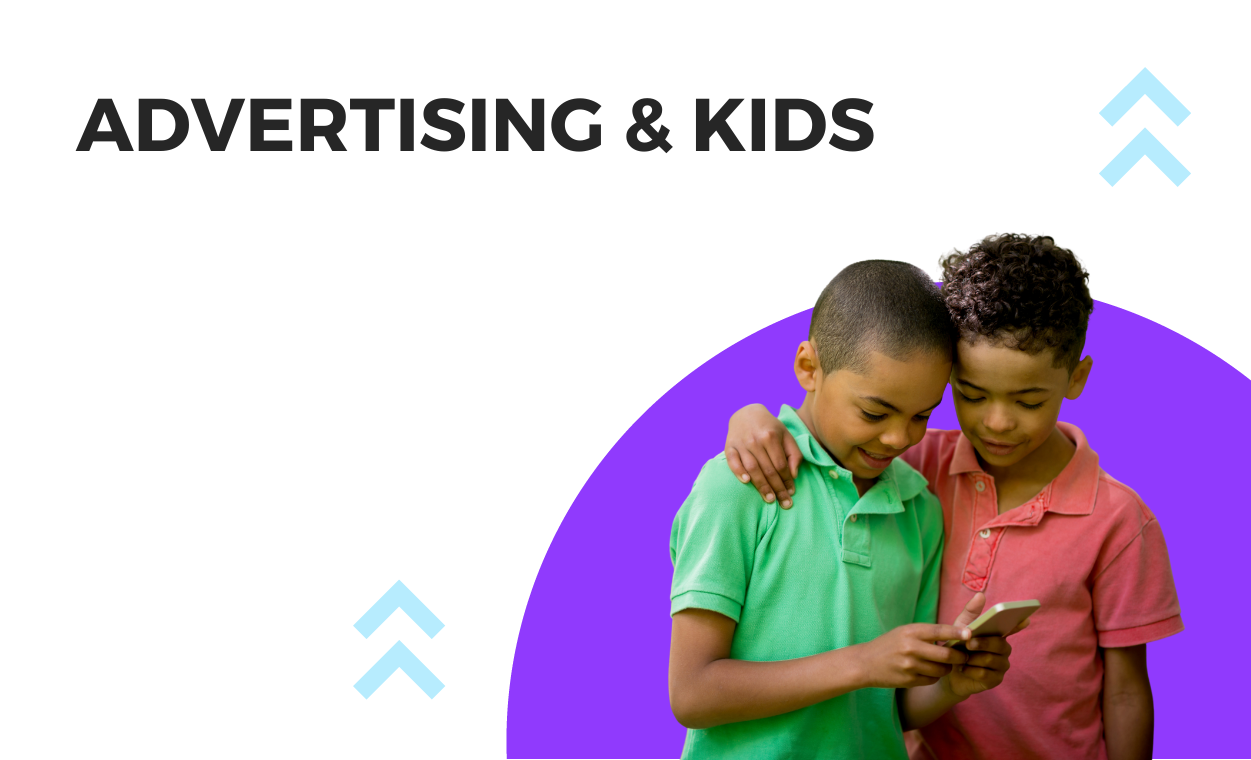
Advertising & Kids
- Published June 15, 2022
Kids these days have immense purchasing power and influence on markets. Because of that, they are being heavily targeted by advertisers. According to the American Psychological Association Task Force, the advertising industry spends $12 billion per year on ads targeted to children. Advertisements are a big part of the world we live in and the ability to spot one and not be influenced by it is a life skill now.
How does Advertising influence kids?
From over-stimulating their brains to exploiting their insecurities, advertisements are causing a lot of damage to our youth. The constant flow of ads are rewiring their brains and making them more receptive to materialism which in turn impacts their level of happiness. Young kids are unable to comprehend that the intent of an ad is to make you buy. This leads them to think of the messages as truthful and accurate information. They end up taking on unhealthy consumer habits, resulting in overspending on items they never knew they “needed”.
What can I do?
The trick to help your kids combat this is to start early. Here’s a few things you can do to help them build and sustain healthy and smart spending habits.
- Talk to them about what ads are and how they work. Kids have trouble distinguishing between reality and advertising until the age of 7. This is a great time to make them aware of those ads and tell them what the goal of the marketer is – to instill a desire for purchase. Discuss how companies use their favorite cartoons, celebrities and words like “limited time offer” to evoke a response.
- Encourage them to spot ads in their surroundings. This will sensitize them to ads and help them become more mindful and responsible consumers. We are being advertised to in malls, public transit, neighborhoods and even at home with labels on our personal belongings. It is essential for kids to be mindful of all the cues in their environment, only then can they build mechanisms to actively resist them.
- Help them distinguish between wants and needs. Ask them to create a wish list. Once they are done, sit with them and go over all the items to figure out whether they are wants or needs… and why. To make it more fun, get them to make another list called the “Real-life list” where they can add all the revised items – ones they really need!
- Develop healthy money habits by engaging them in routine learning. A great way to do this is through a gamified learning app (Read our blogs to learn more about the benefits of gamified learning for kids). By playing MoneyPrep for 15-20 minutes daily, all the smart money habits they learn will become second nature to them. Our games are thought provoking and they instill a sense of financial responsibility into kids at a young age.
What are some ways you’re helping your kids block out the effects of advertising?



